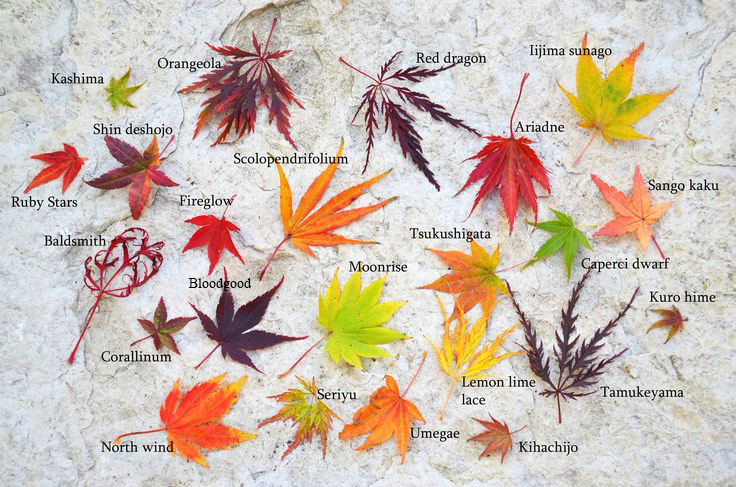The history of Japanese Maples

One of our all-time-favourite landscape staples, the Japanese Maple has a long and storied history. With all season interest and spectacular fall colour the Acer palmatum never fails to impress. The delicate leaves are intricately serrated and have an almost jagged appearance in varied shades of lime, green, red, all the way to a deep maroon almost black tone. There are in fact over 250 cultivars of Japanese Maples. Acer palmatum forms have been a part of their native Japanese history for centuries; it is believed the first recorded plant dates to 7th century. Centuries of refining different cultivars has resulted in the distinct differences we see in today’s trees. There a some with delicate string-like foliage such as the Koto no ito, or others with an almost star shape such as the Twombly Red Sentinel.
The tree’s popularity stretched across the globe by the 1800’s when a Swedish doctor-botanist Carl Peter Thunberg traveled to Japan and brought back with him elaborate drawings of a small tree that quickly became synonymous with oriental gardens. Dr Thunberg christened the species name palmatum after the hand (palm) -like shape of its leaves. They continued to change and grow, quite literally with the tallest species reaching up to just over 30 ft and the smallest a diminutive 1.5 ft, with many choosing to use Japanese Maples as a form of Bonsai. Each suited to specific growing and climate conditions but overall a hardy, low maintenance tree. Red leaf cultivars remain the most popular with the bright green close behind, they can range from upright to weeping in form. There is a species designed to thrive in almost every type of soil condition however none fare well in overly boggy conditions and must be watered during times of drought.
Add one to your landscape for all season interest or shade and you will not be disappointed!

